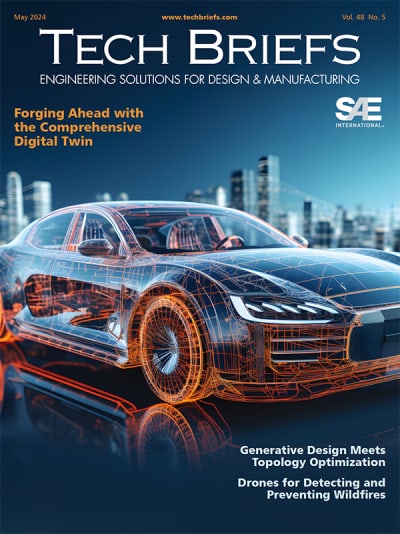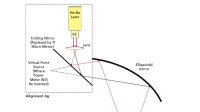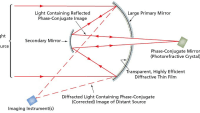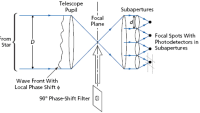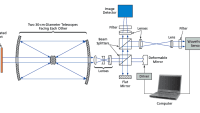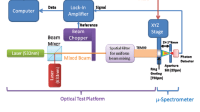A document discusses a nanostructure apodizing mask, made of multi-walled carbon nanotubes, that is applied to the centers (or in and around the holes) of the secondary mirrors of telescopes that are used to interferometrically measure the strain of space-time in response to gravitational waves. The shape of this ultra-black mask can be adjusted to provide a smooth transition to the clear aperture of the secondary mirror to minimize diffracted light.
Carbon nanotubes grown on silicon are a viable telescope mirror substrate, and can absorb significantly more light than other black treatments. The hemispherical reflectance of multi-walled carbon nanotubes grown at GSFC is approximately 3 to 10 times better than a standard aerospace paint used for stray light control. At the LISA (Laser Interferometer Space Antenna) wavelength of 1 micron, the advantage over paint is a factor of 10.
Primarily, in the center of the secondary mirror (in the region of central obscuration, where no received light is lost) a black mask is applied to absorb transmitted light that could be reflected back into the receiver. In the LISA telescope, this is in the center couple of millimeters. The shape of this absorber is critical to suppress diffraction at the edge. By using the correct shape, the stray light can be reduced by approximately 10 to the 9 orders of magnitude versus no center mask. The effect of the nanotubes has been simulated in a stray-light model. The effect of the apodizing mask has been simulated in a near-field diffraction model. Specifications are geometry-dependent, but the baseline design for the LISA telescope has been modeled as well. The coatings are somewhat fragile, but work is continuing to enhance adhesion.
This work was done by John Hagopian, Jeffrey Livas, Shahram Shiri, Stephanie Getty, June Tveekrem, and James Butler of Goddard Space Flight Center. GSC-16029-1
